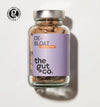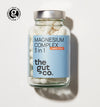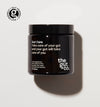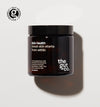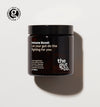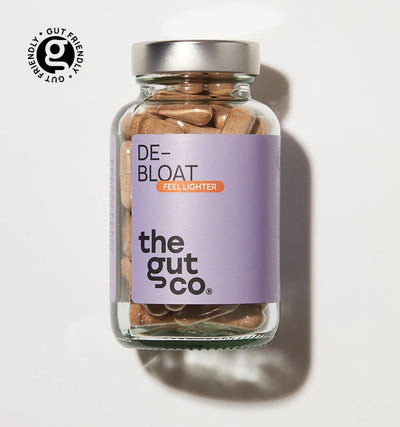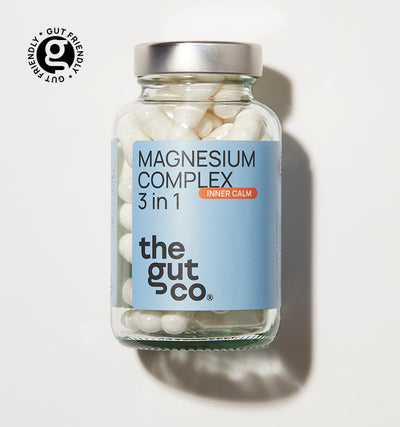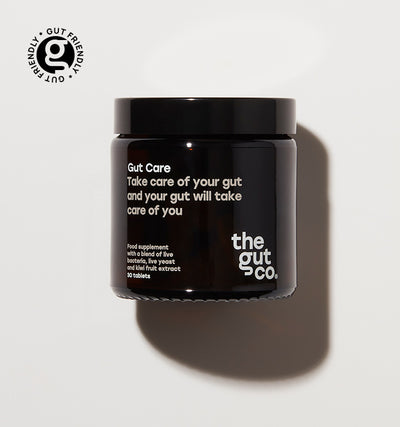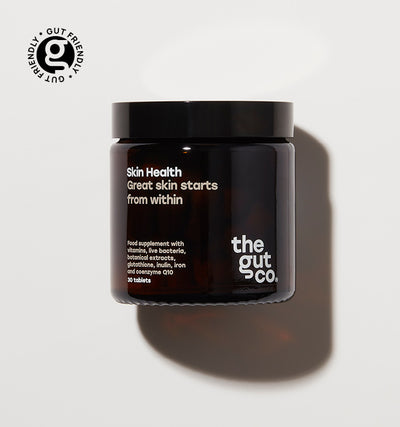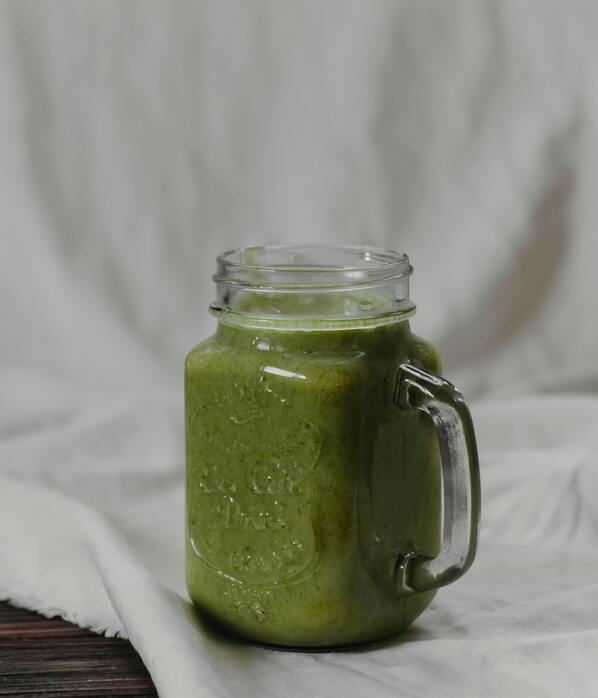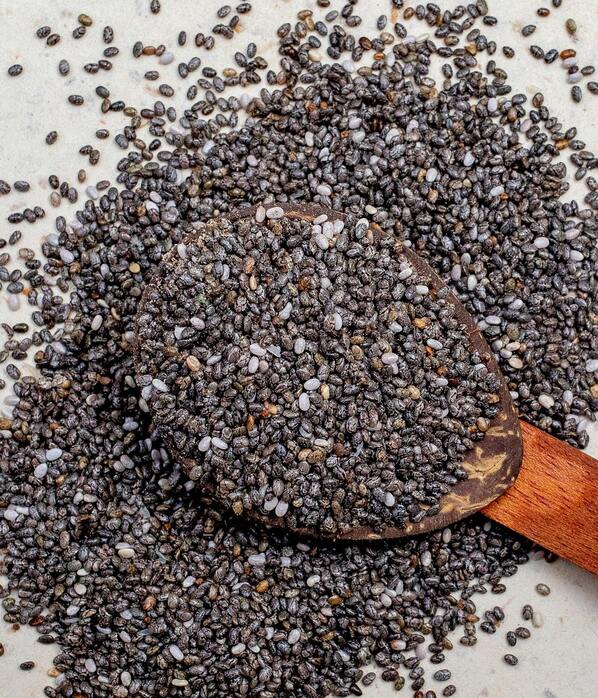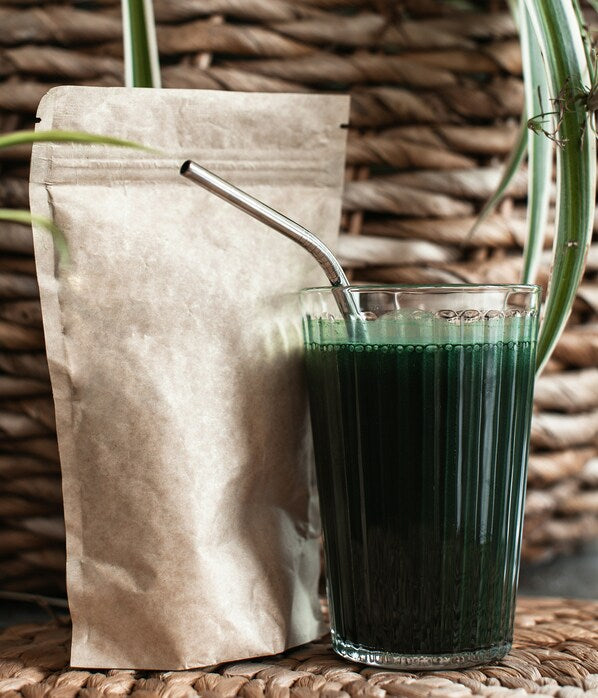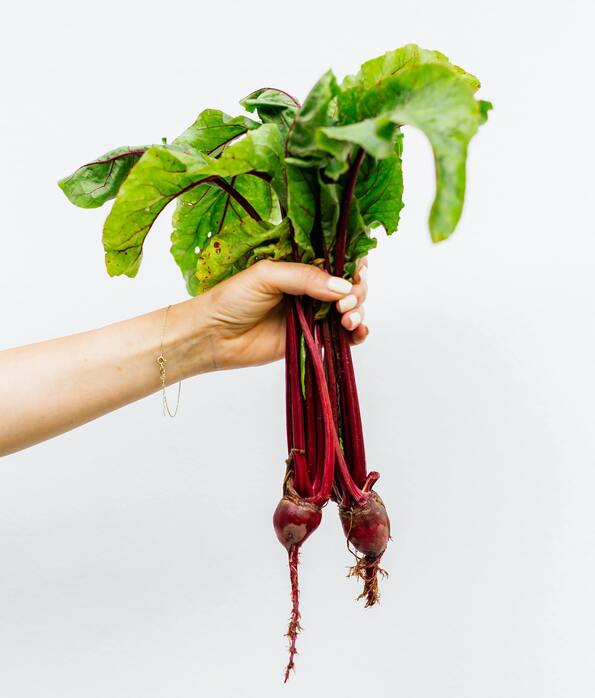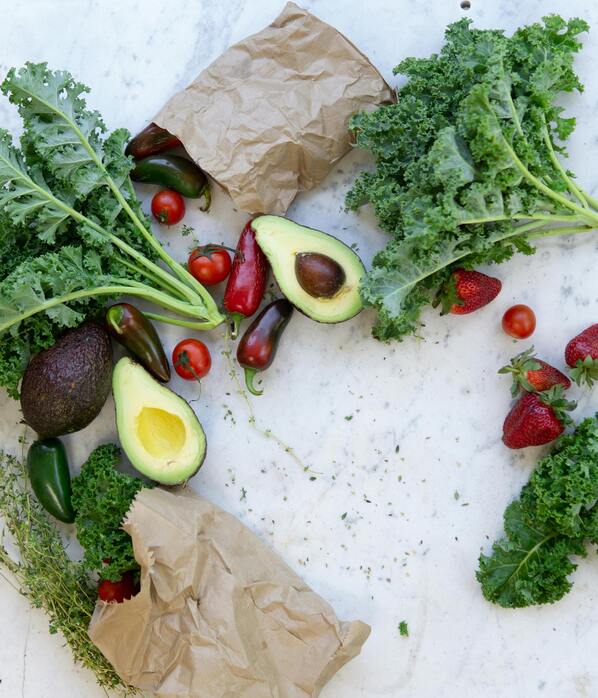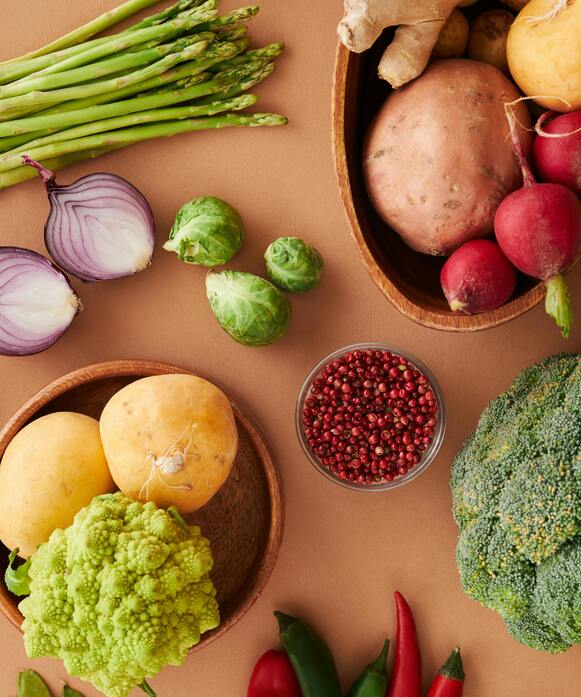Probiotics Vs Prebiotics
Date:
10 Jan 2022

In recent years, our microbiome has been in the scientific spotlight with ever-increasing evidence supporting the role our gut plays in health and disease.
The more the gut is researched, the stronger the message that maintaining a healthy gut could be the single most important thing we do to sustain our health.
Our microbiome has been extensively studied, with low bacterial diversity and population showing more frequently in those suffering from chronic health disease.1
Numerous studies have also shown a change in gut microbiota with obesity, cancer, and even types of neurodegenerative disease.2
It is, therefore, important to explore what we can do to populate our guts with a healthy and diverse microbiome to help boost overall health.
What are Probiotics & Prebiotics?
To simply put it, probiotics are live microorganisms, which help populate our gut with beneficial bacteria.
Probiotics mimic the beneficial bacteria that are already in our gut and have been shown to reduce inflammation, improve the microbiome and reduce gastrointestinal symptoms such as bloating, diarrhoea and constipation.3
Prebiotics (not to be confused with probiotics) are a food supply for the bacteria living in our gut and are mostly found in high fiber foods which aren’t broken down in the digestive tract by human enzymes.4
An important process made from prebiotic fermentation is the creation of short-chain fatty acids (SCFAs), which are incredibly vital for our health.
SCFAs are made from the breakdown of fiber-rich carbohydrates by our gut bacteria in the large intestine and go on to produce many proteins and molecules for many processes in the body.
Probiotic Food Sources
As most of our microbiome lives in our intestines within the GI tract, what we eat is a huge factor in what influences our gut microbiome.5
Tempeh
Tempeh is made from a process of fermenting soybeans, making them much easier to digest. Studies show regular intake of tempeh increases beneficial bacteria in the gut.6
Kimchi
This probiotic-rich food is produced from fermenting vegetables in beneficial lactic acid bacteria (LAB).7
Many healthy functional foods can be used i.e. ginger, garlic, red pepper, and cabbage, making kimchi an incredibly healthy addition to a meal. A popular dish in Asian cooking, Kimchi is typically served with steamed rice.
Kefir
Kefir is made from soaking kefir grains in raw milk (or water) to produce a healthy mix of yeast and bacteria strains.
This healthy drink has been shown to be antifungal, antibacterial, anti-allergic, and potentially anti-cancerous.8
Prebiotic Food Sources
Flaxseeds
Flaxseeds contain lignans, a potent plant compound that contains antioxidant and oestrogenic benefits.
The most notable benefits of flaxseeds are their effect on blood glucose levels, reducing constipation, and weight management.9
Garlic
Rich in Fructooligosaccharides (FOS), garlic has been studied for its effects on the cardiovascular system by reducing lipid levels, as well as improving digestion by relieving constipation.10
Allicin, an enzyme released when crushing garlic, has antifungal and antiparasitic benefits.11
Cocoa
For the antioxidant effects of dark chocolate, a high percentage of cocoa is required (look for 70% and higher for dark chocolate).
Cocoa has been shown to reduce blood pressure along with stabilising insulin levels and improving lipid metabolism.12
|
Probiotics
|
Prebiotics |
| Introduces bacteria strains in your body | Promotes the growth of existing bacteria strains in your body |
| Live bacteria | A non-living undigestible food source |
| Fermented food sources | Non-fermented food sources |
| Food Sources: Kefir, Miso, Sauerkraut, Kombucha, sourdough, kimchi, tempeh | Food Sources: Asparagus, Jerusalem artichokes, garlic, chicory root, cocoa, berries, konjac root, bananans, seaweed14 |
Both probiotics and prebiotics help to increase nutrient absorption in the digestive tract,13 and help to improve the gut microbiome.15
The Gut Co. Probiotic Supplements
Another popular way to increase the beneficial bacteria in your gut is to take a supplement.
Important considerations to make when choosing a probiotic is that it is broad-spectrum (multiple strains) and has a minimum of 1-2 billion CFU (amount of bacteria present) per dose.16
The Gut Co. formulations are broad-spectrum and contain a minimum of 5 billion CFU in each tablet.
The Gut Co. provides one-a-day probiotic supplements enriched with inulin (a potent prebiotic). This ensures that once the live microorganisms from the supplement reach your gut, a prebiotic to help feed healthy bacteria is also present.
These supplements also contain a cocktail of time-released antioxidants and vitamins and minerals, ensuring that as the capsule moves throughout each part of the digestive tract, each ingredient is absorbed at the most effective time for maximum absorption.
Dosage
Many supplements on the market are formulated to be taken in multiple daily doses. The Gut Co. formulations are designed to fit in with a busy lifestyle and are to be taken once daily (AM).
If pregnant, breastfeeding, suffering from food allergies, or under medical supervision seek professional advice before using.
References
1. https://pubmed.ncbi.nlm.nih.gov/28859350/
2. Human gut microbiome: hopes, threats and promises - PubMed (nih.gov)
3. Probiotics for Gastrointestinal Conditions: A Summary of the Evidence - PubMed (nih.gov)
4. Effects of Probiotics, Prebiotics, and Synbiotics on Human Health - PubMed (nih.gov)
5. The Gastrointestinal Microbiome: A Review - PubMed (nih.gov)
7. Health benefits of kimchi (Korean fermented vegetables) as a probiotic food - PubMed (nih.gov)
8. Kefir: a powerful probiotics with anticancer properties - PubMed (nih.gov)
10. Dietary fructooligosaccharides and potential benefits on health - PubMed (nih.gov)
11. Antimicrobial properties of allicin from garlic - PubMed (nih.gov)
12. Chocolate, "Food of the Gods": History, Science, and Human Health - PubMed (nih.gov)
13. Prebiotics, Bone and Mineral Metabolism - PubMed (nih.gov)
14. Emergent Sources of Prebiotics: Seaweeds and Microalgae - PubMed (nih.gov)
15. Effects of Probiotics, Prebiotics, and Synbiotics on Human Health - PubMed (nih.gov)

